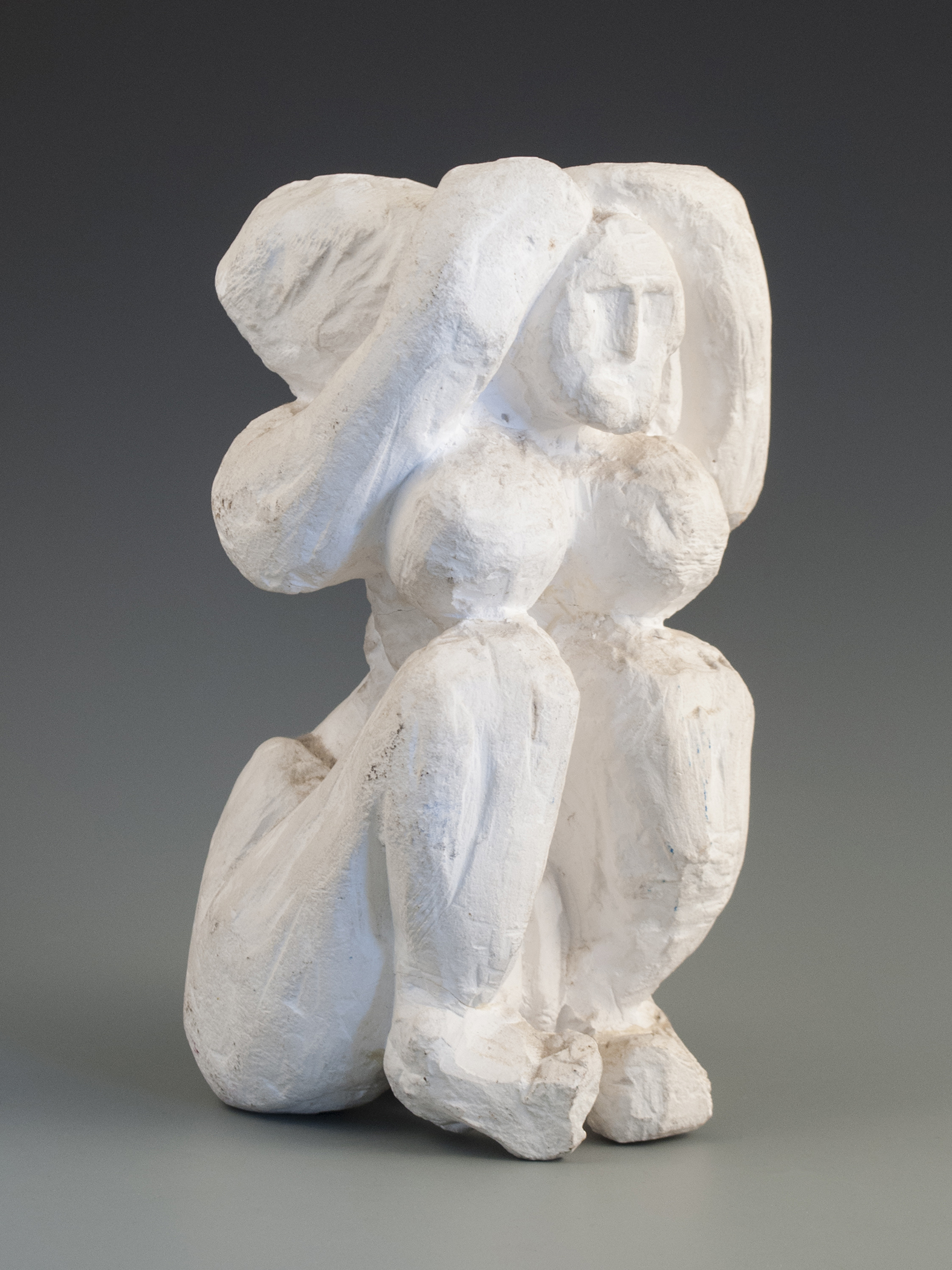Plaster Venus
New York, 1976

A friend who’d won a small role in a Woody Allen film told me the most difficult thing about working with the eccentric director.
“I could never tell if he was being sincere or sarcastic,” she said.
I asked for an example. “The cameras would roll. I’d make my entrance into a scene, and when the shot was over Woody would give me a totally deadpan look and say, ‘Nice entrance.’”
My brother Jordan had a similarly opaque mien. He was three years and three months younger than me, but as I’d taken a long break between my second and third years at university we college students at pretty much the same time. Opposite coasts, though: While I was at UC Santa Cruz, Jordan was at SUNY New Paltz.
One winter, I flew to New York to visit him on campus. Though his major was linguistics he was taking a studio art class, and invited me to attend. Everyone was given a toaster-sized block of plaster and a set of chisels. I was not a stranger to art, but my sculptural work had all involved assemblage: nailing, screwing, fitting, and gluing together pieces of metal, fur, wood, and cloth. I knew nothing about carving.
Still, I’d read The Agony and the Ecstasy—Irving Stone’s biographical novel about the life of Michelangelo. There was a figure within that plaster block, waiting to be released by the hand of an artist. I attacked the plaster without inhibition. By the time the class ended, this rough but recognizable creature had been liberated from the stone.
Jordan had succeeded in whittling his own plaster block down to a grain of its original size, with no discernable result. But he took a step over to my workbench, picked up this primitive figure, and turned it in his hand.
“A bold achievement, by an irrepressible talent,” he said, moving barely a muscle in his face. A compliment, or withering sarcasm? I’ll never know.
